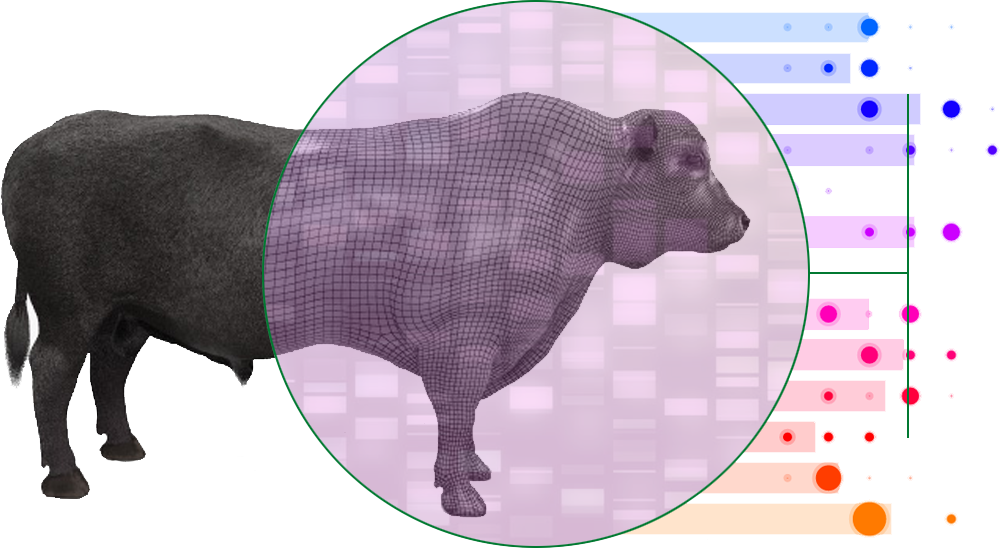

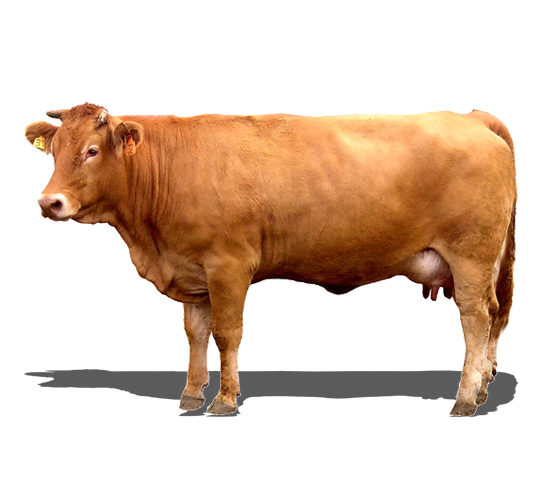
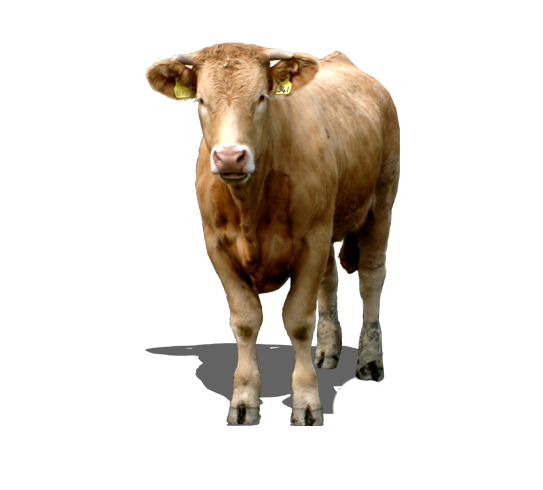

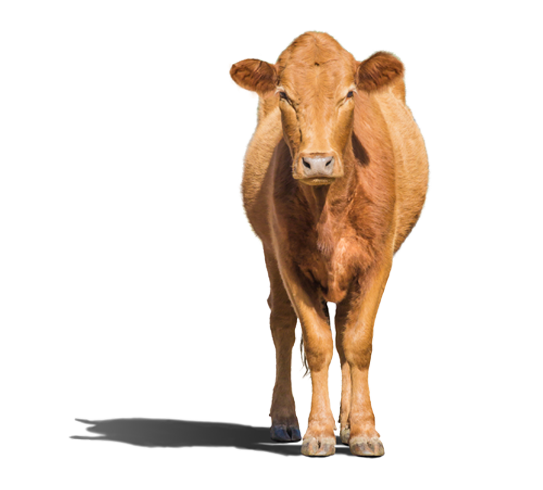
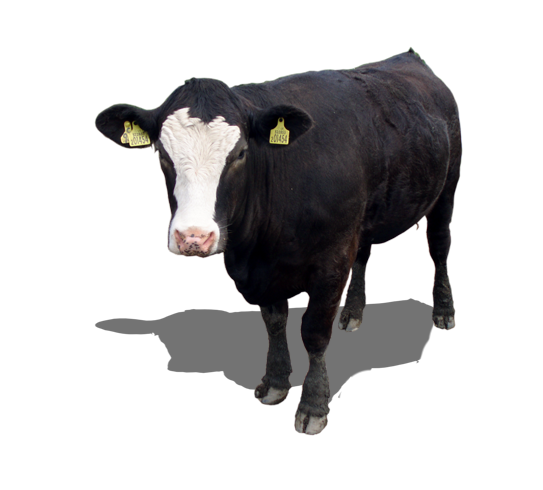
Features
Technology
AgBoost brings the very latest technology from experts in the industry right to your fingertips on any device. AgBoost is a necessary asset to your ranch. We are constantly working on ways to revolutionize the industry.







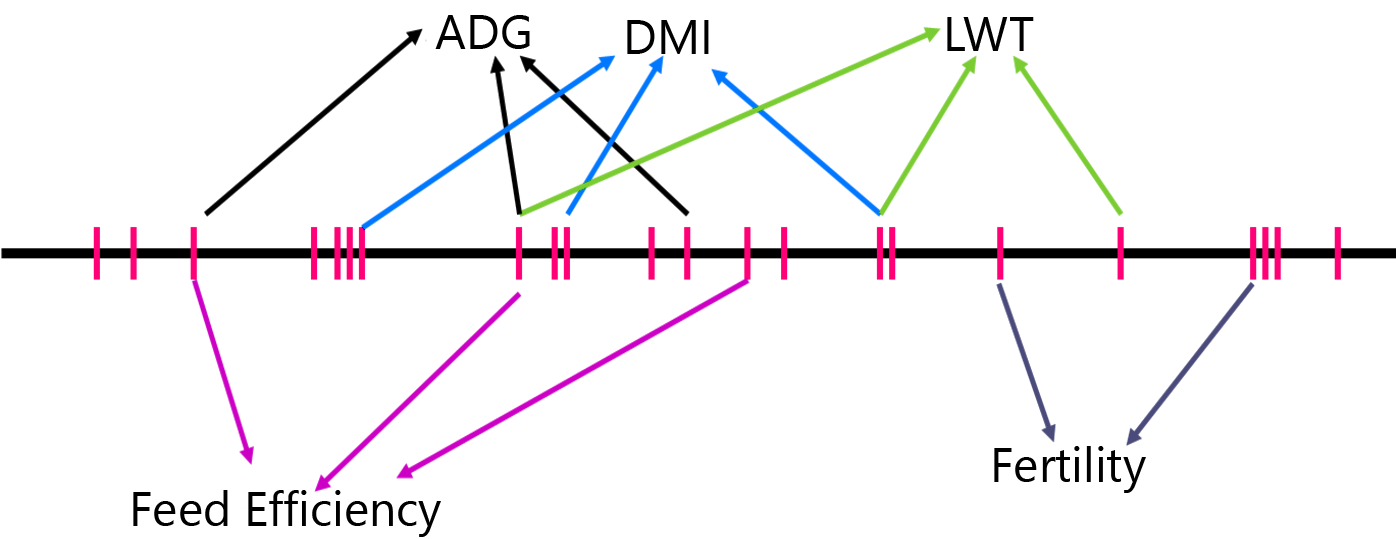
Fig 1. Schematic interpretation of a genome with different SNP associated with different traits
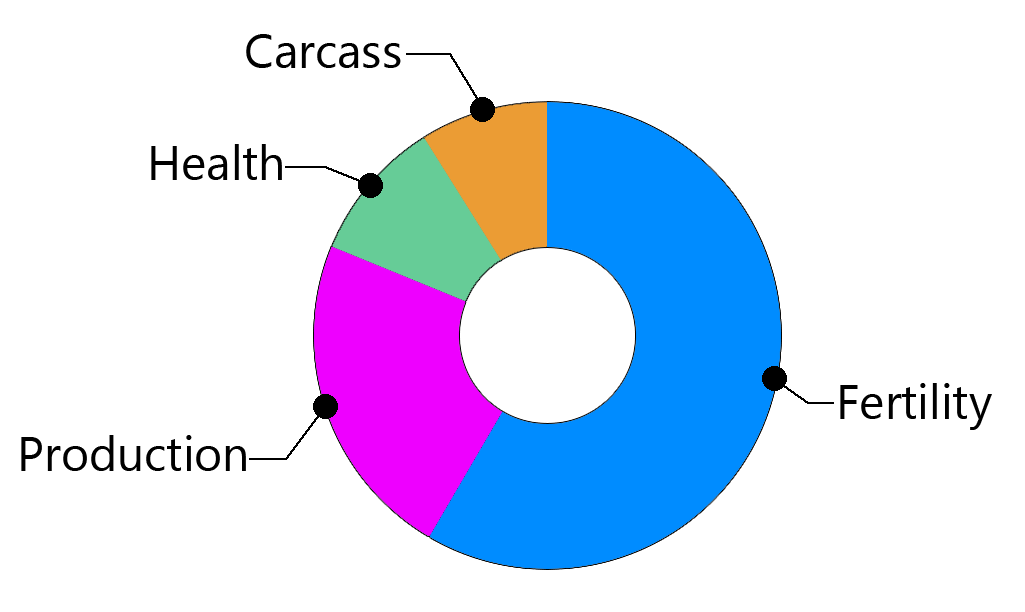
Fig 2. Example of a maternal index where different traits are weighted based on their economic relevance
